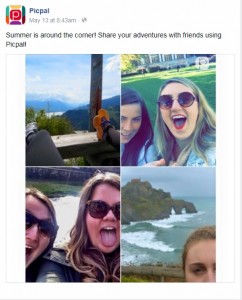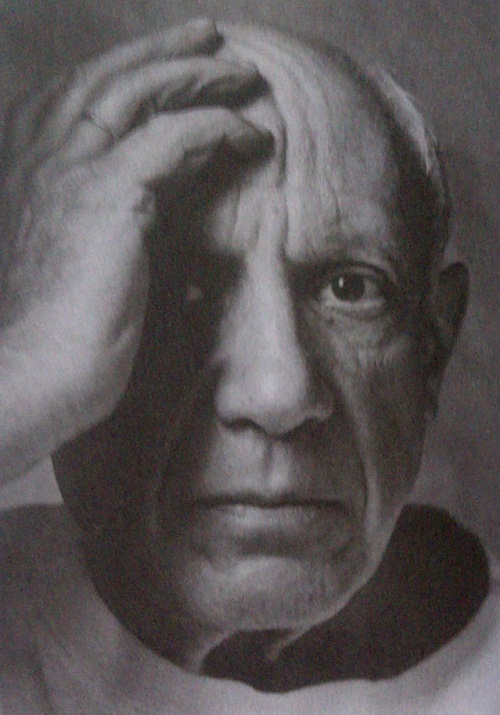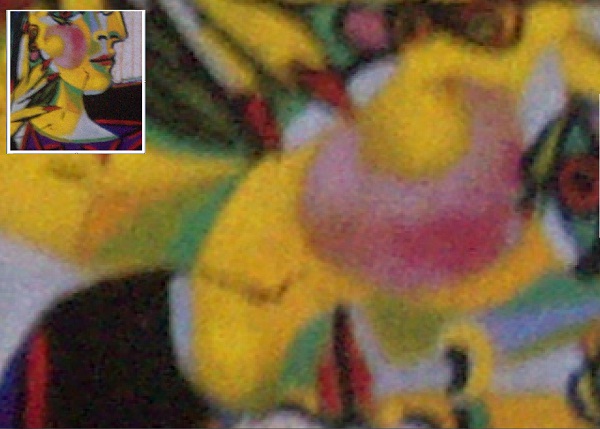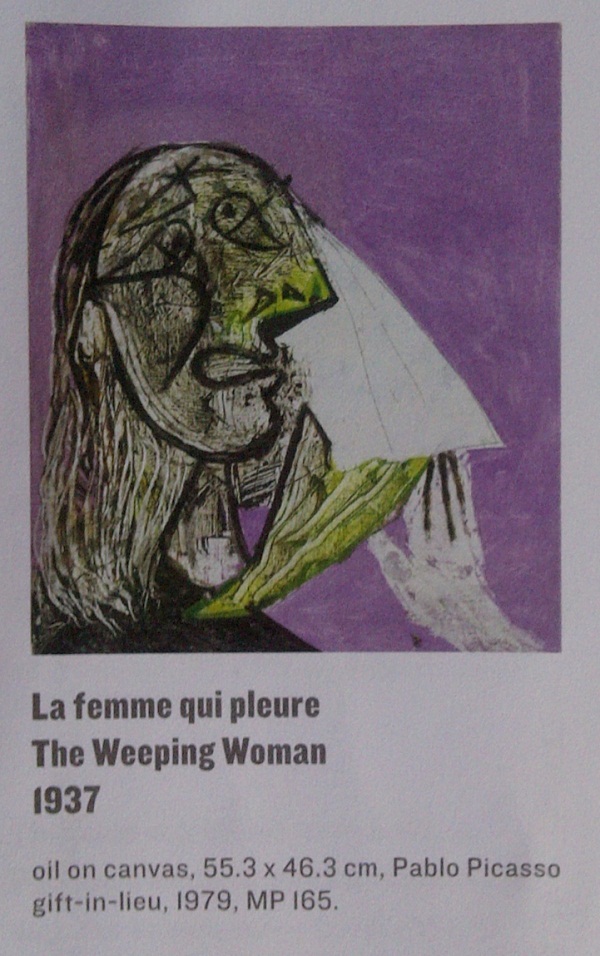If you are able to travel to Georgia this Spring, the Hammonds House Museum located at 503 Peeples St SW Atlanta, GA continues its 2024 exhibition season with “RHYTHM AND RESILIENCE: THE ARTISTRY OF SAM MIDDLETON”. Curated by Halima Taha.
About the Exhibition
You’re invited to embark on a mesmerizing journey through the life and works of Sam Middleton, a pioneering mixed-media artist whose vibrant creations echoed the rhythms of Harlem jazz and the landscapes of Europe’s Low Countries. Born in New York in 1927, Middleton’s artistic odyssey transcended borders and he left an indelible mark on both sides of the Atlantic. Rhythm of Resilience: The Artistry of Sam Middleton opens at Hammonds House Museum on May 17 and runs through August 18, 2024.
In Rhythm of Resilience, Middleton’s artistic evolution unfolds, tracing his self-taught beginnings amidst the vibrant culture and pulsating beats of jazz and classical music in Harlem. His encounters with creativity at the Savoy Ballroom ignited a lifelong passion for self-expression.
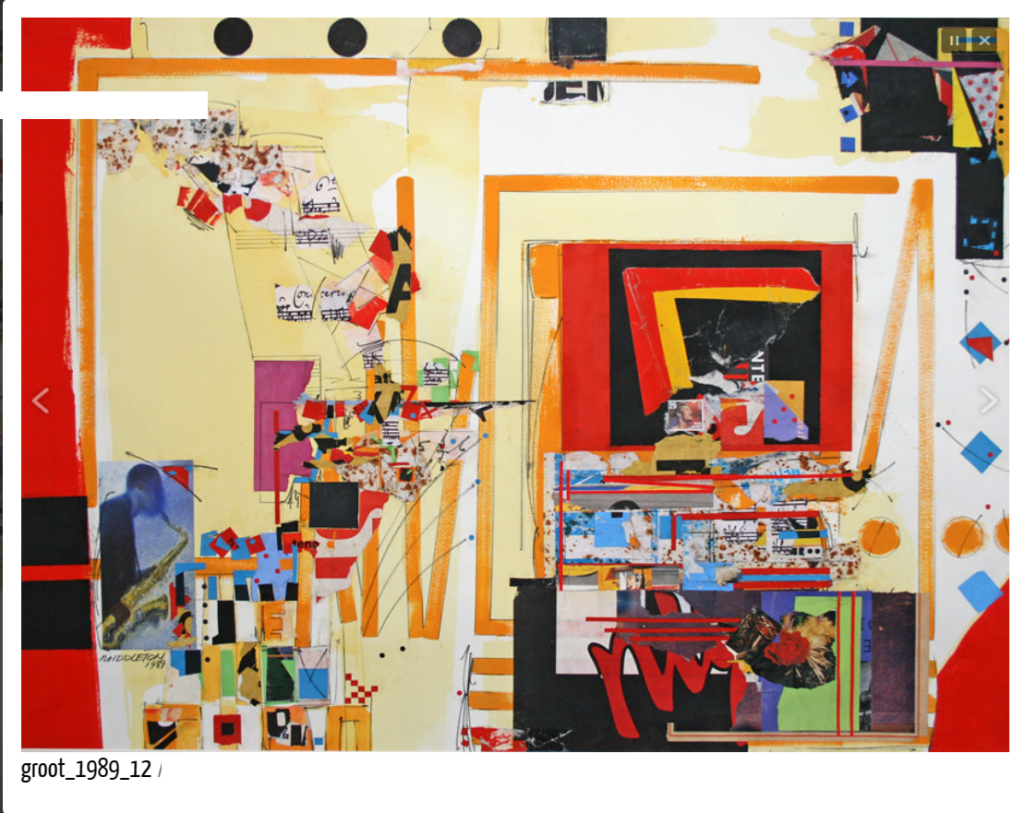
Venturing beyond his hometown, Middleton’s voyages with the US Merchant Marines provided him with inspiration, infusing his art with a global perspective. From the sun-soaked shores of Mexico to the tranquil landscapes of Sweden, each destination left an imprint on his ever-evolving aesthetic. Moving to the Netherlands in 1961, Middleton, joined a wave of African American artists drawn to its creative environment. Settling in Schagen, amidst the serene North Holland polder landscape, Middleton’s work blossomed, blending the vibrancy of jazz with the tranquility of his surroundings.
A master of collage, Middleton’s compositions pulsate with energy, weaving together musical scores, photographs, and graphic elements in a dance of color and form.
His art is a testament to the enduring influence of jazz, intertwining with the visual influence of his adopted homeland.
Through teaching positions at esteemed institutions Atelier 63 in Harlem and the Royal Academy of Visual Arts in ‘s-Hertogenbosch, Netherlands, Middleton’s legacy extended beyond his own creations, nurturing a new generation of artistic talent.
Featured Image: Newport by Sam Middleton, 1992.
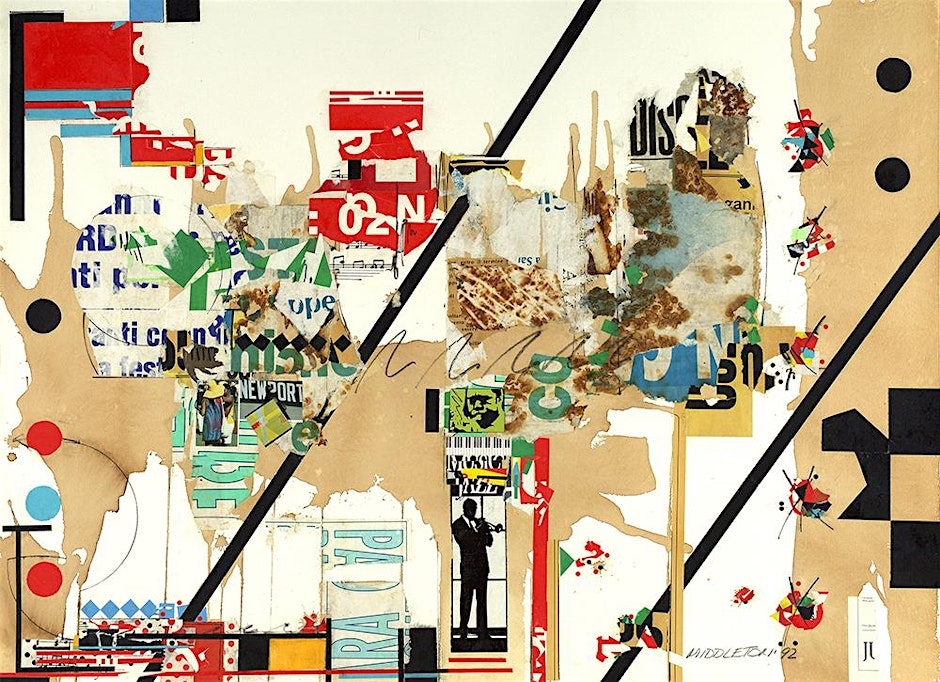
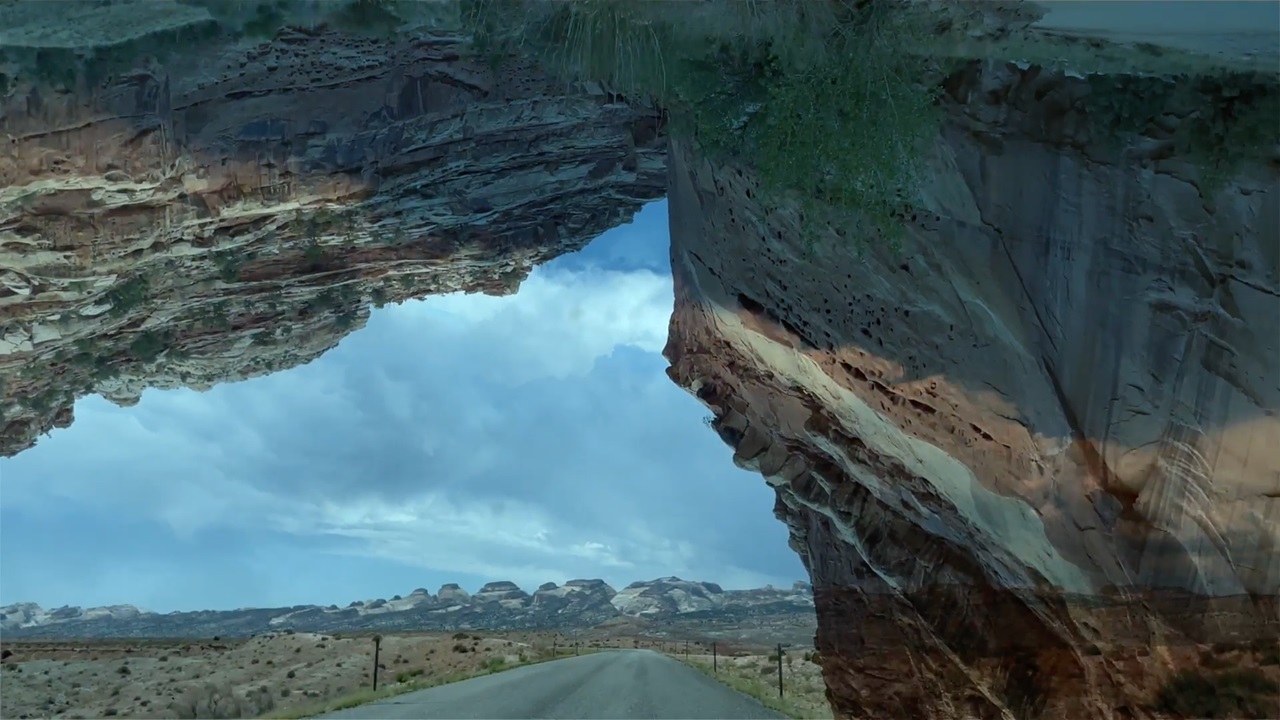




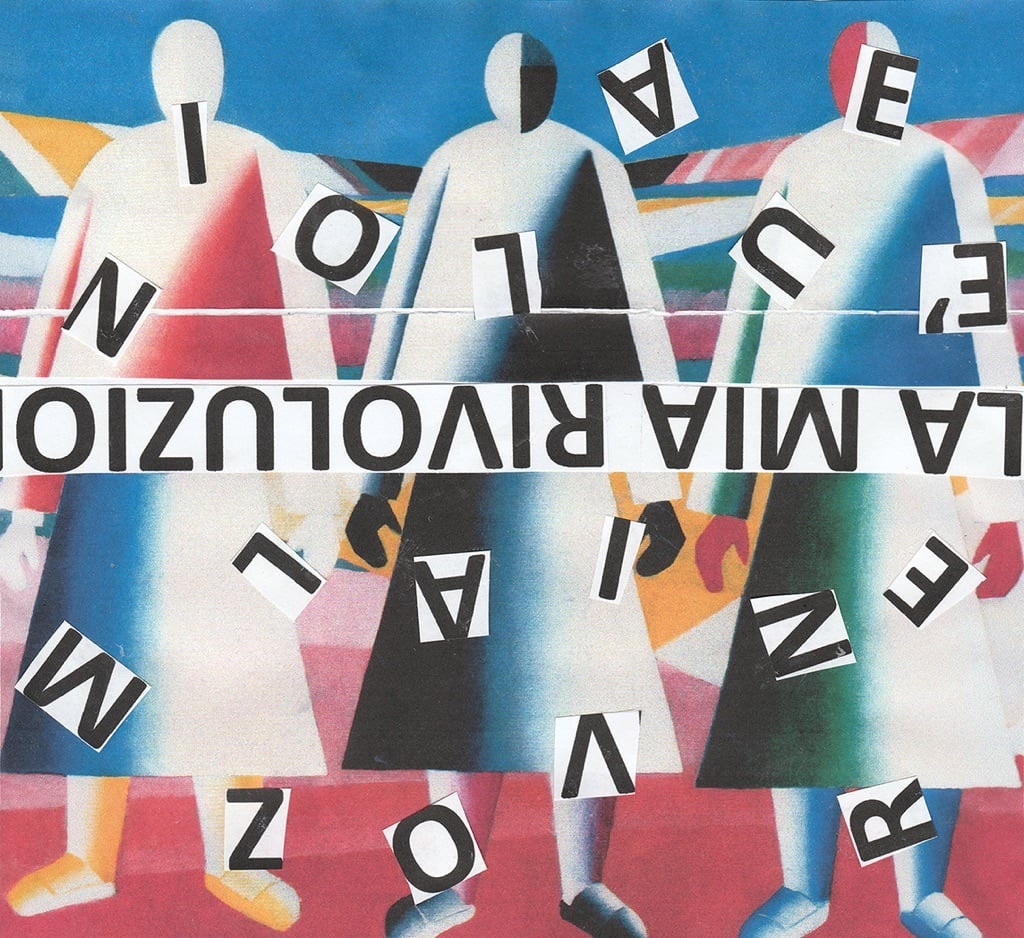



 Nanni Balestrini, Cronogramma, 1960s. Collage on paper. Private collection.
Nanni Balestrini, Cronogramma, 1960s. Collage on paper. Private collection.


